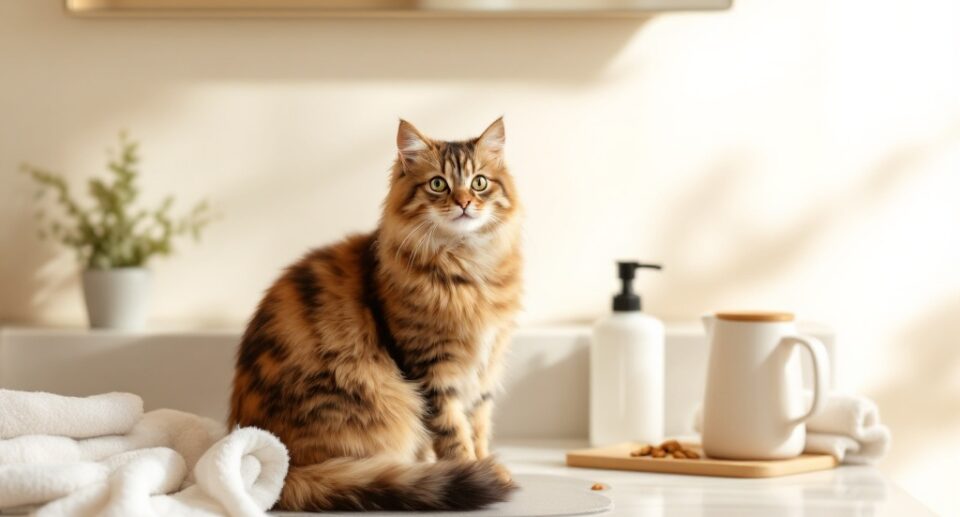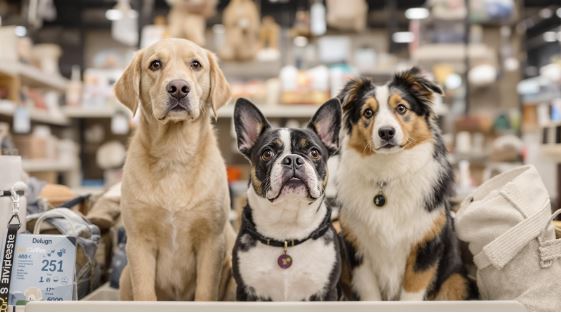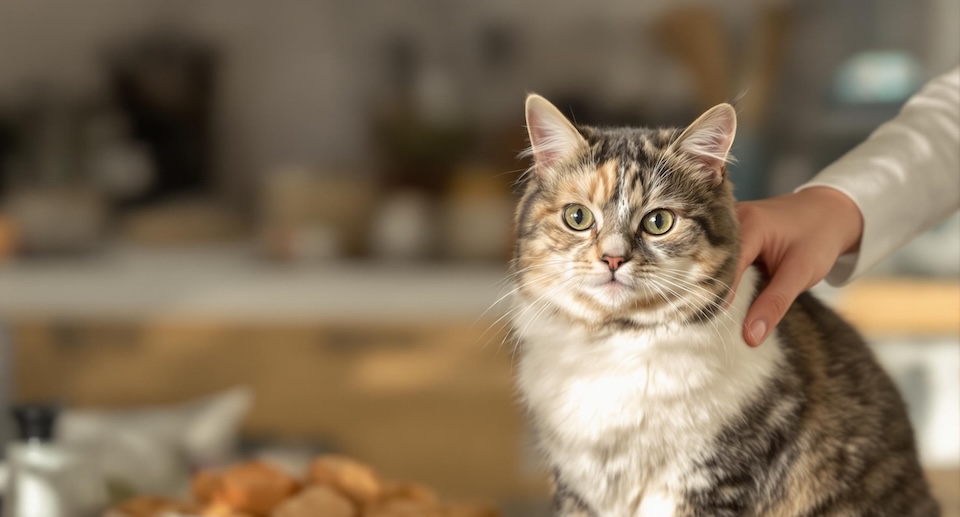
Key takeaways:
- Using flea shampoo regularly and correctly, along with a well-rounded approach to flea prevention, can go a long way in keeping your cat healthy and free from serious health risks.
- It’s important to understand what ingredients are safe and best suited for their needs, so you can keep them protected without any worries.
- Work closely with your veterinarian to choose the most effective flea control strategy for your cat’s age, sensitivity, and lifestyle.
Why Flea Control Is Essential for Cats
Did you know that a single flea can bite your cat up to 400 times a day? That’s a lot of discomfort for your furry friend—and a big reason why flea control is essential for their health and well-being.
Choosing the right flea shampoo is about more than just killing fleas—it’s also about keeping your cat’s skin healthy and irritation-free. With so many options available, it’s important to work with your veterinarian to create a flea prevention plan tailored to your cat’s age, sensitivity, and lifestyle. A vet can help you choose the best treatment—whether it’s a flea shampoo, topical solution, or oral medication—to keep your pet safe and comfortable.
For a full range of trusted flea and tick treatments for cats, visit 1-800-PetMeds.
Best Flea Shampoo for Indoor Cats
Indoor cats have unique grooming needs when it comes to flea control. Their sensitive skin requires a gentle yet effective approach, so choosing the right flea shampoo is key. Before picking a product, start with a quick flea comb check to see if your cat has any fleas or flea dirt—this will help you determine the level of treatment they need.
When selecting a flea shampoo for your indoor cat, keep these tips in mind:
- Stick to cat-specific formulas. Never use dog shampoos—they’re too harsh for feline skin and can be harmful.
- Opt for natural ingredients. Gentle options with aloe vera or neem oil provide a mild, protective cleanse while keeping your cat comfortable.
- Go fragrance-free if needed. Many indoor cats are sensitive to strong scents, so unscented formulas can be a better choice.
- Choose skin-soothing ingredients. Oatmeal and chamomile can help calm irritated skin while still effectively tackling fleas.
What to Look for in a Flea Shampoo for Outdoor Cats
Outdoor cats face a higher risk of flea infestations than indoor cats. Since they spend time exploring outside, they need a formula that not only kills fleas but also offers lasting protection. Before selecting a shampoo, check your cat with a flea comb to assess the severity of the infestation.
When shopping for a flea shampoo for your outdoor cat, keep these key factors in mind:
- Choose a powerful yet safe formula. Outdoor cats may need stronger treatments, but always stick to cat-specific shampoos to avoid harsh or toxic ingredients.
- Look for long-lasting protection. Ingredients like insect growth regulators (IGRs) help stop flea eggs from developing, reducing the risk of re-infestation.
- Consider shampoos with natural repellents. Essential oils like cedarwood or lemongrass can help deter fleas and other pests.
- Soothe the skin with healing ingredients. Outdoor cats may have more scrapes or skin irritation, so formulas with aloe vera, oatmeal, or coconut oil can help keep their skin healthy.
How to Use Flea Shampoo Safely on Cats

Bathing a cat—especially with flea shampoo—can be tricky, but with the right approach, it can be a smooth and stress-free experience. Always select a cat-specific formula and check the label for age restrictions. If you’re unsure, consult your veterinarian for the safest option.
Here’s how to use flea shampoo safely while keeping your cat comfortable:
- Gather everything before you start. Have your flea shampoo, soft towels, a non-slip mat, a pitcher for rinsing, and some treats ready.
- Set the right temperature. Keep the bathroom between 75-80°F (24-27°C) to help your cat stay comfortable.
- Use a towel for better footing. Place a towel at the bottom of the sink or tub to prevent slipping.
- Fill the tub with just enough warm water. About 4-5 inches of water (98-100°F / 37-38°C) is ideal.
- Avoid running water. Use a pitcher or cup to rinse instead of running faucets.
- Start wetting from the neck down and apply shampoo carefully.
- Keep shampoo away from the face. Use a damp washcloth to gently wipe the face and ears.
- Take breaks if needed and offer treats for positive reinforcement.
- Rinse thoroughly to avoid irritation.
- Dry gently with a towel before allowing your cat to finish drying naturally in a warm, quiet room.
Common Concerns About Flea Shampoo for Cats
When Should I Bathe My Cat with Flea Shampoo?
If your cat is scratching excessively, you see fleas in their fur, or notice flea dirt, it’s time for a flea bath. For ongoing prevention, bathing every 4–6 weeks can help. If using topical flea treatments like Advantage II, bathe your cat before application to avoid reducing the treatment’s effectiveness.
What Signs Should I Watch For After Using Flea Shampoo?
Monitor your cat for any reactions after bathing. Look for increased grooming, mild skin irritation, or redness. If you notice more serious symptoms, such as swelling or lethargy, rinse your cat thoroughly and contact your vet.
Can I Use Dog Flea Shampoo on My Cat?
No—only use products made specifically for cats. Some dog flea shampoos contain ingredients toxic to cats.
What If My Cat Hates Baths?
If your cat dislikes water, try alternative flea control methods, such as topical treatments, oral medications, or regular flea combing. Explore cat flea treatments for easier, non-bathing options.
Creating an Effective Flea Prevention Plan
Keeping your cat flea-free requires more than just an occasional bath. The best prevention combines regular grooming, vet-approved flea control, and home care habits. Vacuum often, wash your cat’s bedding, and monitor for signs of fleas to prevent reinfestation.
Every cat is different, so work with your veterinarian to create a custom plan suited to your cat’s age, health, and environment.
Empowering Pet Owners with the Best Choice
The key to effective flea control is a comprehensive approach. Regular grooming, keeping your home clean, and using trusted flea treatments can create a flea-free environment. Staying informed and partnering with your veterinarian ensures your cat’s comfort and well-being.
For high-quality flea shampoos, topical treatments, and other flea medications, visit 1-800-PetMeds Flea and Tick Cat Care to find safe, effective solutions for your pet.





